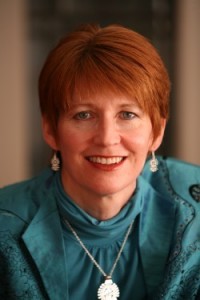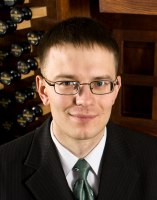Pamela Ruiter-Feenstra
Bach and the Art of Improvisation
Ann Arbor, MI: CHI Press, 2011.
Johann Sebastian Bach is often hailed as the greatest composer of organ music and a fabulous improviser. To be able to improvise in the style of Bach is a significant accomplishment for any musician. This book (part one of two volumes) looks not simply at how a student might learn to improvise in the style of the great master, but also how the great master perhaps taught and/or learned keyboard technique including improvisation.
As with other improvisation method books (like Hancock and Brillhart), Ruiter-Feenstra begins with a philosophical discussion of why we should learn to improvise. In the preface and first chapter, she places improvisation in a historical context and demonstrates how it was a common expectation in Bach’s time that organists be accomplished improvisers. Extensive notes for historical references are provided for each chapter in the book making this a well documented and researched presentation. Chapter two continues the look at historical techniques by considering fingering and touch. Though there are “applications” given in each chapter, only once we arrive at chapter three and the study of thoroughbass, is there any opportunity (or need) for the student to actually improvise or otherwise be creative. Chapter four requires slightly more inventiveness of the student by finally expecting the student to harmonize a given melody.
Finally with the beginning of counterpoint studies in chapter five is the student expected to create, though many of the exercises are to be done with pencil and paper first. One of the more interesting items in the text for me is the chart of ways to fill in assorted intervals with figuration. Table 5.2 also provides lots of good instructions for how to insert figuration into the chorale harmonization. Chapter six turns to the Neumeister Collection of Bach chorales for improvisational models. Chapter seven looks at dance suites and how to apply dance forms and rhythms to create chorale variations.
This book attempts to serve two purposes at the same time: 1) providing historical documentation of improvisation practice and pedagogy and 2) providing instruction for a current student wishing to learn to improvise in tonal style. While I appreciate the historical information, I am much more interested in applying the information today. As such, the later chapters in the book are much more useful to me. While foundational for the material covered later in the book, the early chapters are weak in opportunities to master the concepts. Many other texts treat the topics of fingering, thoroughbass, harmonization and even counterpoint in a much more complete manner. While it is interesting to consider these topics through the lens of improvisation, attempting to serve two purposes limits the potential depth of coverage. A second volume is projected to cover more forms, and I presume, will follow a similar dual purpose format. I have to wonder if it might have been better to divide the material into two books according to purpose, providing one volume of historical documentation and reference with a second volume of practical application and exercises. The historical documentation, research, and analysis included in this book is thorough and very interesting, however I find the practical application side weak.
Improvisation is a skill that takes time to master with many areas to cover. A beginning improviser would be better served by Jan Overduin, Gerre Hancock, or even Jeffrey Brillhart. Even if Pamela Ruiter-Feenstra has provided us a window into historical improvisation, the book lacks enough material for it to be a true method book for today’s beginner.





